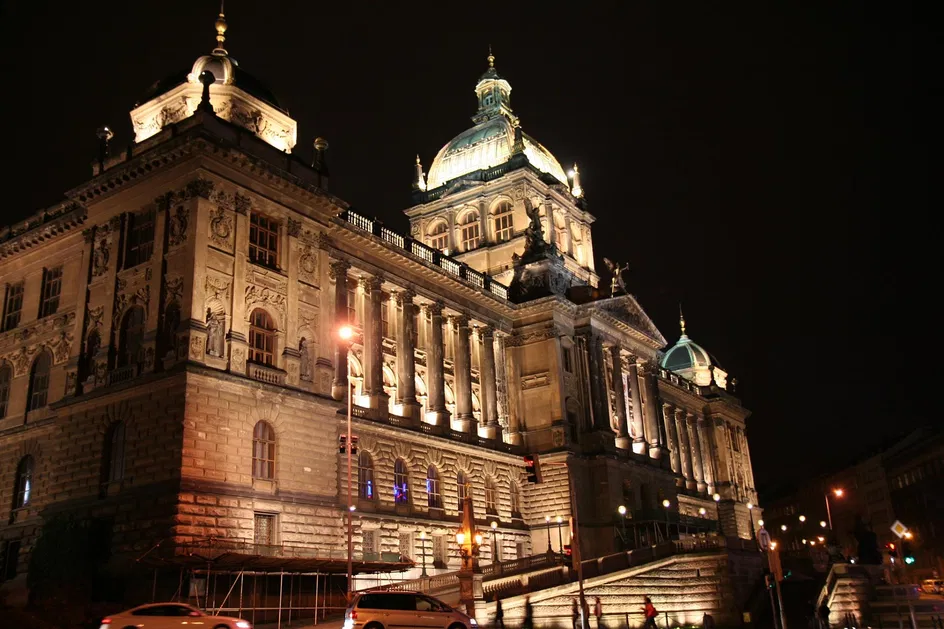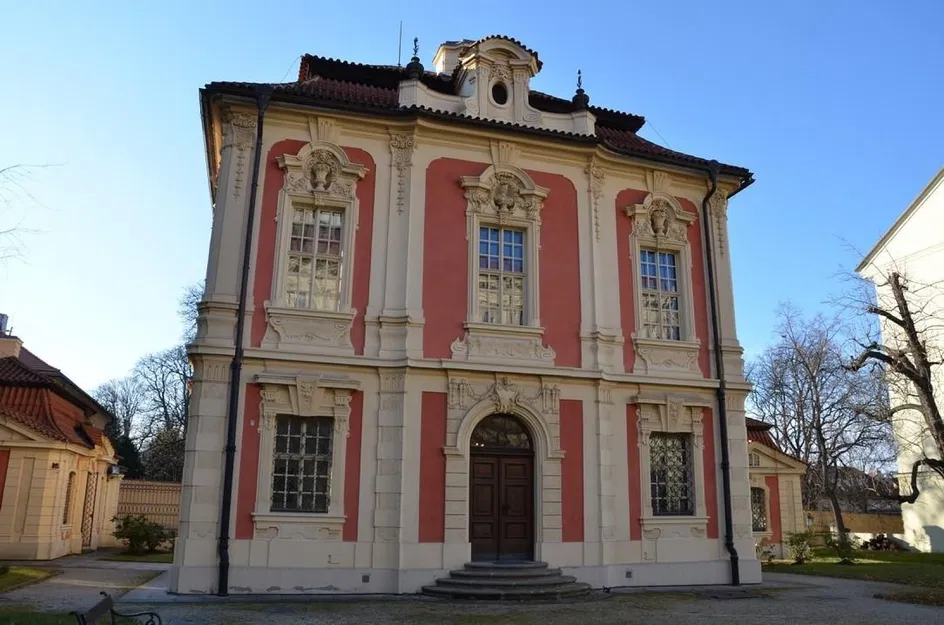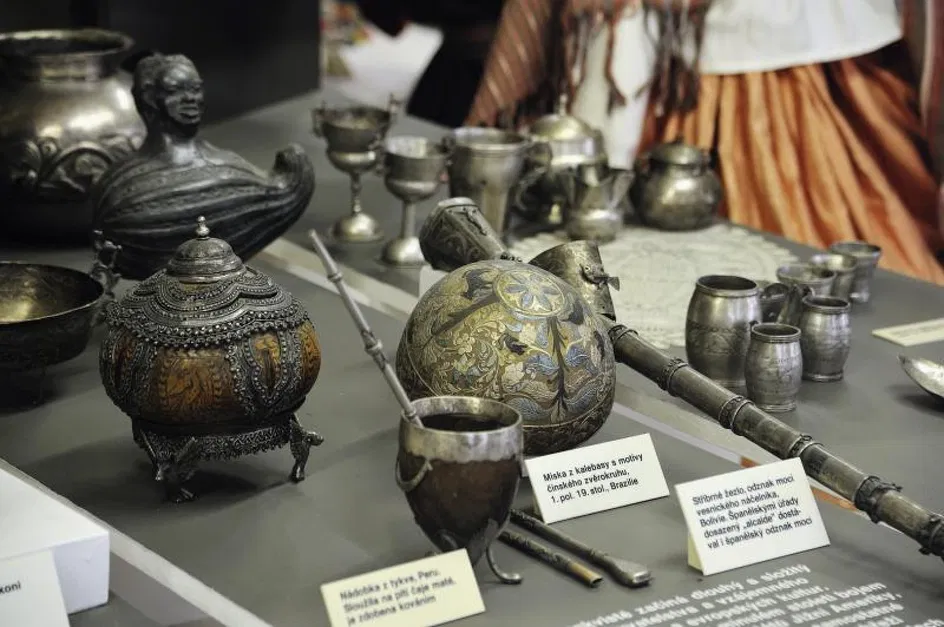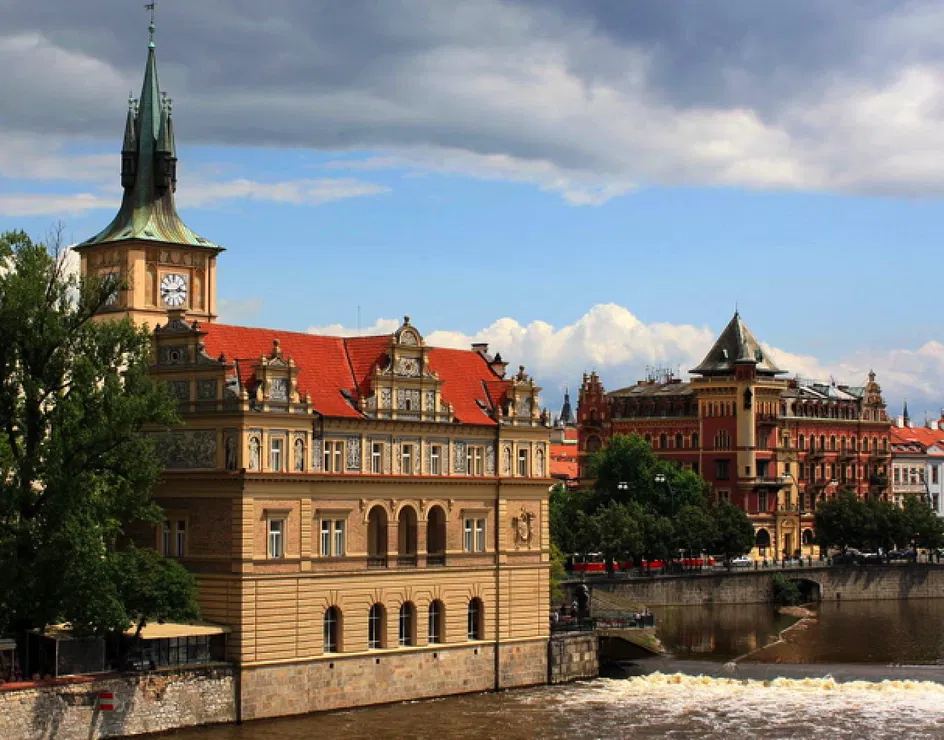- Lifestyle
- Prague
- Arts and Entertainment
- Museums and Galleries
- The National Museum
- National Memorial - Vitkov Hill
National Memorial - Vitkov Hill
The impressive Functionalist building of the National Memorial on Vítkov hill built according to the project of the architect Jan Zázvorka was created between 1929 and 1933 as a homage to Czechoslovak legionaries and Czechoslovak resistance movement during World War I. The memorial served many purposes before the permanent exhibition of the National Museum opened there in 2009 following a comprehensive reconstruction.
After World War II the memorial was modified, so that it would commemorate also the second anti-Fascist resistance movement. From 1948 it served for the propagation of the Communist regime and in 1953 Klement Gottwald's Mausoleum was established here. In 2001 the memorial was rehabilitated and an extensive reconstruction started to be prepared that also affected the damaged equestrian statue of Jan Žižka of Trocnov. The permanent exhibition Crossroads of Czech and Czechoslovak Statehood deals with significant landmarks in the Czechoslovak and Czech history of the 20th century (founding of Czechoslovakia in 1918, Munich agreement and dissolution of Czechoslovakia in 1939, re-establishment of Czechoslovakia in 1945 and Communist takeover in 1948, the establishment of the Czechoslovak Federation in 1968 and fall of Communism in 1989). The permanent exhibition in the underground area of the National Memorial called Laboratory of Power commemorates the character of Klement Gottwald, transformation of the memorial into a mausoleum and Communist propaganda in the 1950s. In the memorial there is also a cafe and a vista where a limited number of people (25) are allowed once every half an hour. The access to the memorial is barrier-free.

-
Address
U Památníku 1900,Praha 3
-
Phone
-
Web
www.nm.cz
More the national museum

National Museum – Main Building
The name National Museum is most often used for its main building that has been a dominant feature of the upper part of the Wenceslas Square already since 1891. However, the name applies to the whole institution comprising around one dozen of buildings located in and ou...

Antonín Dvořák Museum
Visit the National Museum’s Antonín Dvořák Museum in Prague’s New Town today.Inside this charming little renovated Baroque townhouse ("Villa America”) you can find a nice collection of Dvořák’s personal items, period photographs, correspondence, music notes / autographs...

National Museum – Main Building
The name National Museum is most often used for its main building that has been a dominant feature of the upper part of the Wenceslas Square already since 1891. However, the name applies to the whole institution comprising around one dozen of buildings located in and ou...

Antonín Dvořák Museum
Visit the National Museum’s Antonín Dvořák Museum in Prague’s New Town today.Inside this charming little renovated Baroque townhouse ("Villa America”) you can find a nice collection of Dvořák’s personal items, period photographs, correspondence, music notes / autographs...










